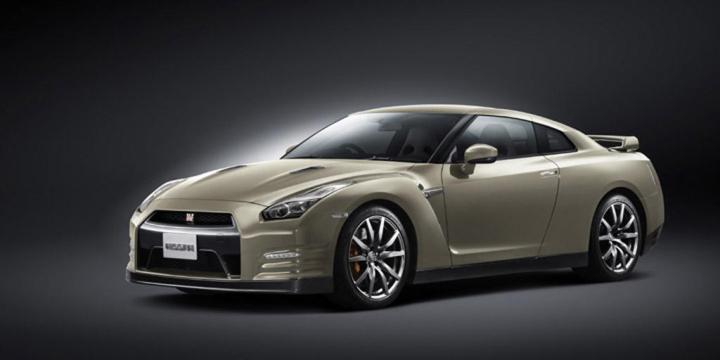
While it was only introduced in the U.S. for the 2009 model year, the GT-R has a long and storied past in its home market, making it somewhat of a Japanese equivalent to the Ford Mustang or Chevrolet Corvette.
It wouldn’t be a car anniversary without a special edition model, and sure enough Nissan has one prepared for the Japanese market, along with some upgrades to the standard GT-R that may make it to the U.S. on 2016 models.
Just 45 examples of the GT-R 45th Anniversary edition will be made, all with Silica Brass paint inspired by the color used on the R34-generation M-Spec model. It’s based on the Premium Edition model, so there are plenty of creature comforts, plus a plaque in the engine bay testifying to the car’s specialness.
Nissan will also introduce other changes to help further refine the car known as “Godzilla.”
Engineers tweaked the dampers, tires, steering, and brakes for a smoother, more stable feel, and recalibrated the six-speed dual-clutch transmission to be quieter.
The 3.8-liter twin-turbocharged V6 remains untouched, so expect the same 545 horsepower and 463 pound-feet of torque as before.
Nissan has also come up with a Track Edition by NISMO model that might replace the Track Edition model currently sold in the U.S. It gets some upgrades inspired by the insane GT-R NISMO, including uprated suspension, RAYS forged alloy wheels, and flared front fenders.
That model and the other changes announced for Japan could very well make it to the U.S. for the 2016 model year. The 45th Anniversary GT-R, however, will probably be a Japan-only item.


